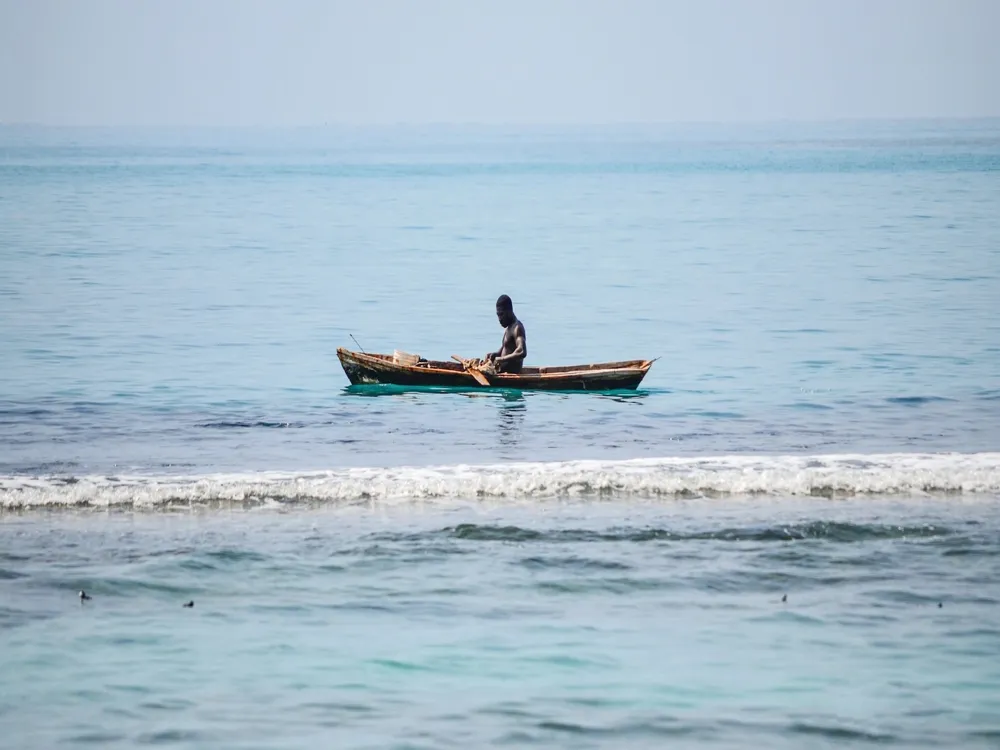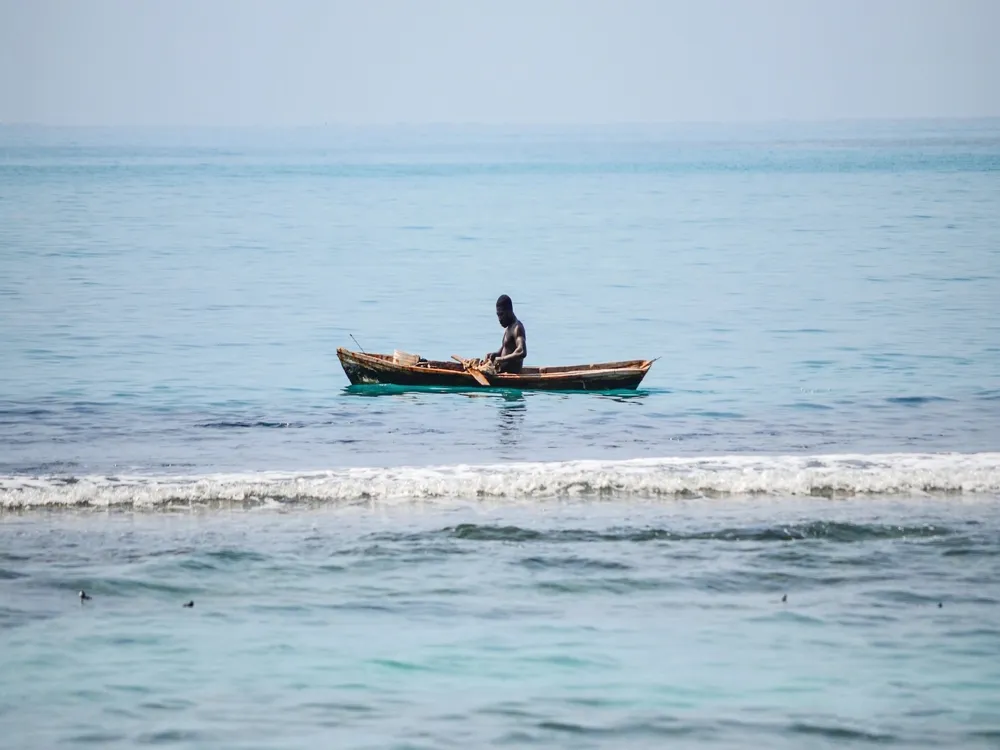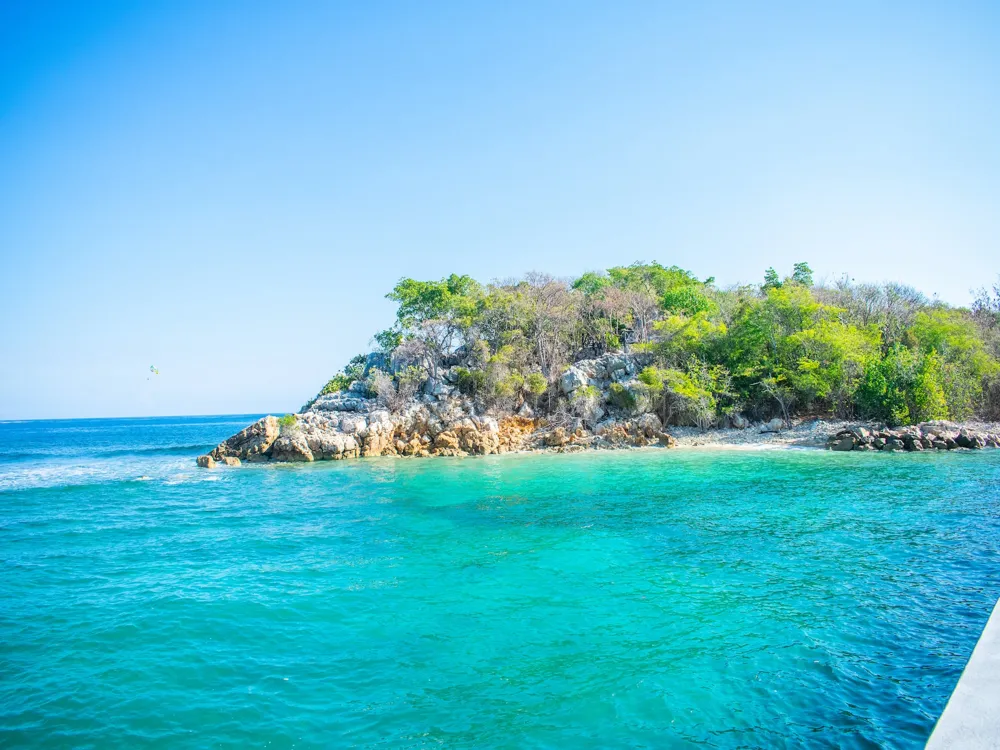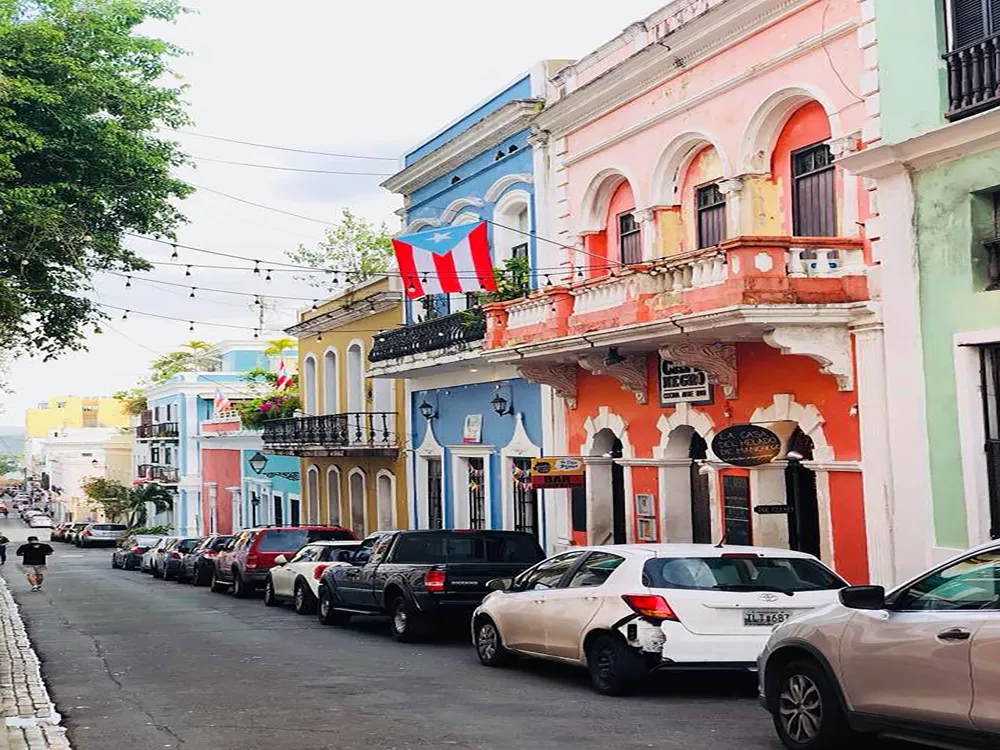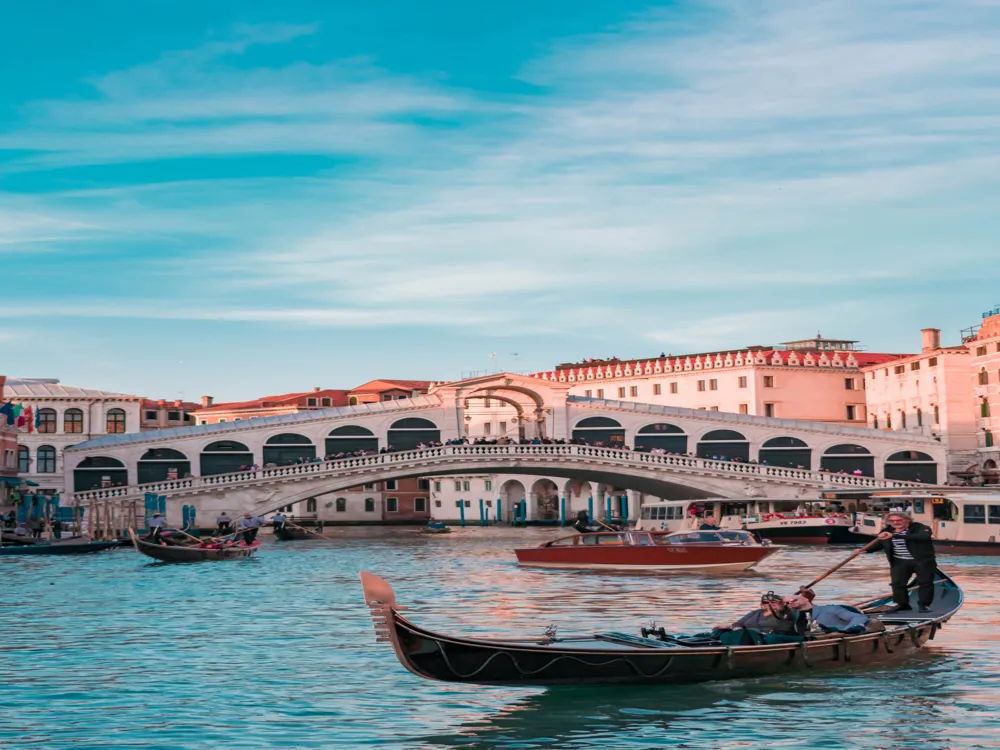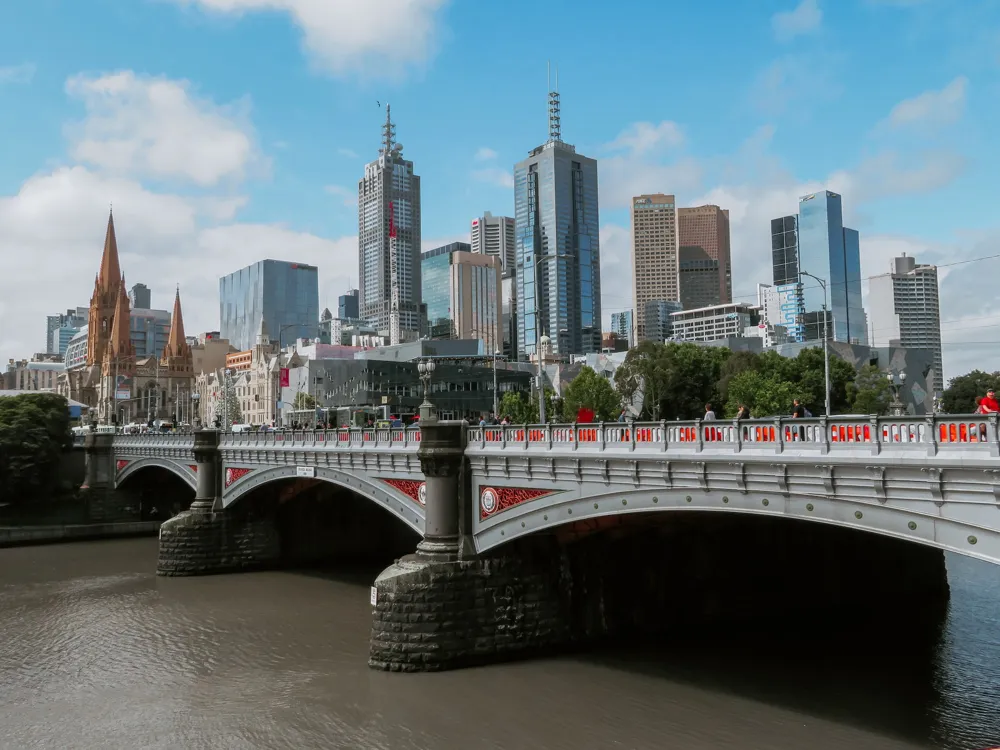Haiti, a country with a rich tapestry of history and culture, is situated on the western part of Hispaniola, in the heart of the Caribbean. Known for its vibrant traditions and resilient spirit, Haiti's past is a compelling story of triumph and tribulation. The country's history is deeply intertwined with themes of freedom and independence, being the first black republic to gain independence in 1804. This monumental event set a precedent in the annals of colonial history and has since been a source of inspiration globally. The Haitian landscape is as diverse as its history, featuring stunning mountain ranges, serene beaches, and lush forests. These natural wonders, combined with the warm tropical climate, make Haiti a unique destination for nature lovers and adventurers alike. The Haitian people, known for their warmth and hospitality, add to the country's charm with their rich cultural heritage that is expressed through music, art, and cuisine. Haiti's economy, primarily reliant on agriculture, faces numerous challenges. Despite this, the country has shown remarkable resilience, with the community coming together to rebuild and revitalize after natural disasters like earthquakes and hurricanes. This resilience is a testament to the indomitable spirit of the Haitian people, making Haiti not just a place to visit, but an experience to be felt and remembered. The architecture of Haiti is a vivid reflection of its historical and cultural journey. From the grandeur of its colonial past to the resourcefulness of its present, Haitian architecture tells a story of adaptability and creativity. The country's architectural landscape is marked by a blend of indigenous Taíno, African, and European influences, creating a unique aesthetic that is distinctly Haitian. One of the most iconic architectural elements in Haiti is the Gingerbread House, a style that emerged in the late 19th and early 20th centuries. These houses, known for their intricate woodwork and ornate facades, are a testament to Haiti's artistic heritage. The Gingerbread Houses of Port-au-Prince, many of which have survived earthquakes and other natural disasters, have been recognized by the World Monuments Fund for their historical and cultural significance. Beyond the Gingerbread Houses, Haiti's architectural narrative is marked by its historic forts, cathedrals, and palaces. The Citadelle Laferrière, a large mountaintop fortress in northern Haiti, is a symbol of Haitian independence and is recognized as a UNESCO World Heritage Site. The Sans-Souci Palace, once a royal residence, stands as a reminder of Haiti's regal past, while the Cathedral of Our Lady of the Assumption in Port-au-Prince, though heavily damaged in the 2010 earthquake, remains a key religious and historical landmark. Contemporary Haitian architecture is characterized by its resourcefulness and sustainability, with a focus on rebuilding and resilience. The use of local materials and traditional building methods is common, reflecting the country's commitment to sustainable development and environmental stewardship. Understanding and respecting Haitian customs and traditions is key to a meaningful visit. The Haitian culture is a rich tapestry of African, Taíno, and European influences, and showing respect for local customs will enrich your experience and help build mutual understanding. Prioritize your health and safety by staying informed about vaccinations, safe food and water practices, and local health services. Additionally, be aware of your surroundings and follow local advice to ensure a safe trip. Engage with local businesses and artisans to support the Haitian economy. Purchasing local crafts, eating at local restaurants, and using local tour guides not only enhances your experience but also contributes to the community's economic wellbeing. Haiti is accessible by air and sea, with the Toussaint Louverture International Airport in Port-au-Prince being the main gateway. Several international airlines offer flights to Haiti from various parts of the world. For those preferring to travel by sea, Haiti has several ports that welcome cruise ships and private yachts. Travelers should check visa requirements and travel advisories before planning their trip to ensure a smooth journey to this captivating Caribbean nation.Overview of Haiti
Architecture of Haiti
Tips When Visiting Haiti
Respect Local Customs and Traditions
Health and Safety Precautions
Support Local Economy
How To Reach Haiti
Gelee beach
Haiti
NaN onwards
View haiti Packages
Haiti Travel Packages
View All Packages For Haiti
Top Hotel Collections for Haiti

Private Pool

Luxury Hotels

5-Star Hotels

Pet Friendly
Top Hotels Near Haiti
Other Top Ranking Places In Haiti
View All Places To Visit In haiti
View haiti Packages
Haiti Travel Packages
View All Packages For Haiti
Top Hotel Collections for Haiti

Private Pool

Luxury Hotels

5-Star Hotels

Pet Friendly







